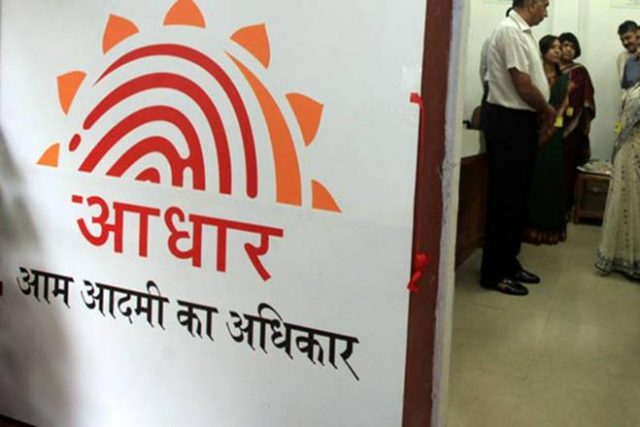
When terrorists can use fake IDs to get mobile phones, why give up your best chance of being able to trace them?
Though politicians like Mamata Banerjee are trying to make capital by harnessing political opinion against the government directive to compulsorily link your Aadhaar number with your mobiles, if the government scraps this as various news reports suggest, that will be quite unfortunate. Aadhaar it is true, was conceptualised as a tool to ensure massive leakages in government subsidies were plugged, but over a period of time, it has proved its worth in many other areas as well. In the case of subsidies, for instance, while just Rs 7,367 crore of benefits were transferred to people in FY14, this rose 10 times to Rs 74,607 crore in FY17; as a result, the government has saved over Rs 57,000 crore so far by eliminating fake users. So, in the case of LPG, for instance, 3.5 crore of duplicate users were eliminated using Aadhaar and it was 2.3 crore in the case of food subsidies—food subsidies are not given out in cash, but since ration cards had to be linked to Aadhaar, this saw Rs 14,000 crore of savings till FY17. Around 82% of the ration cards have been linked with Aadhaar so far, and in many states, there are even PoS machines to do an instant check to see if the biometric matches the person drawing the rations. As this newspaper has pointed out before, should the state governments agree, and food subsidies are routed in cash to Aadhaar-linked bank accounts, another Rs 38,000 crore can be saved annually even without touching the very generous subsidy entitlements in the National Food Security Act.
Once Aadhaar got operational, the government found it had several other uses—Aadhaar, for instance, is at the heart of the UPI that National Payments Corporation of India developed as an efficient, low-cost and secure payments mechanism; even the BHIM app launched by the prime minister was based on UPI. Similarly, while the taxman has tried to build up a 24×7 repository of high-value transactions to nab tax evaders, a big problem faced was that of fake PAN cards—so a person buying expensive jewelry would show a fake PAN card, as a result of which, when the taxman got the data, it didn’t really help. This was sought to be fixed by insisting on linking PAN cards with Aadhaar. Since fake driving licences are also a big thing, there is a plan to link licences with Aadhaar. The plan to link mobile phones with Aadhaar is of a similar nature, to prevent those giving identity papers—required by law to get a connection—from handing out fakes. So, in case of a terrorist attack, or a theft, if the police/investigating agencies find a phone, they will be able to trace it back to the person who had bought it. This is what Mamata Banerjee is objecting to—and parts of civil society are cheering her—as an invasion of privacy. Under normal circumstances, a person is expected to give proof of identity anyway; but given the prevalence of fakes, and the solution Aadhaar offers, the government asked for mobiles to be linked to Aadhaar. If giving your driving licence or PAN card is not considered an invasion of privacy, why is Aadhaar? The government would be ill-advised to succumb to the pressure on this and make the linking voluntary.
Courtesy: Financial Express














